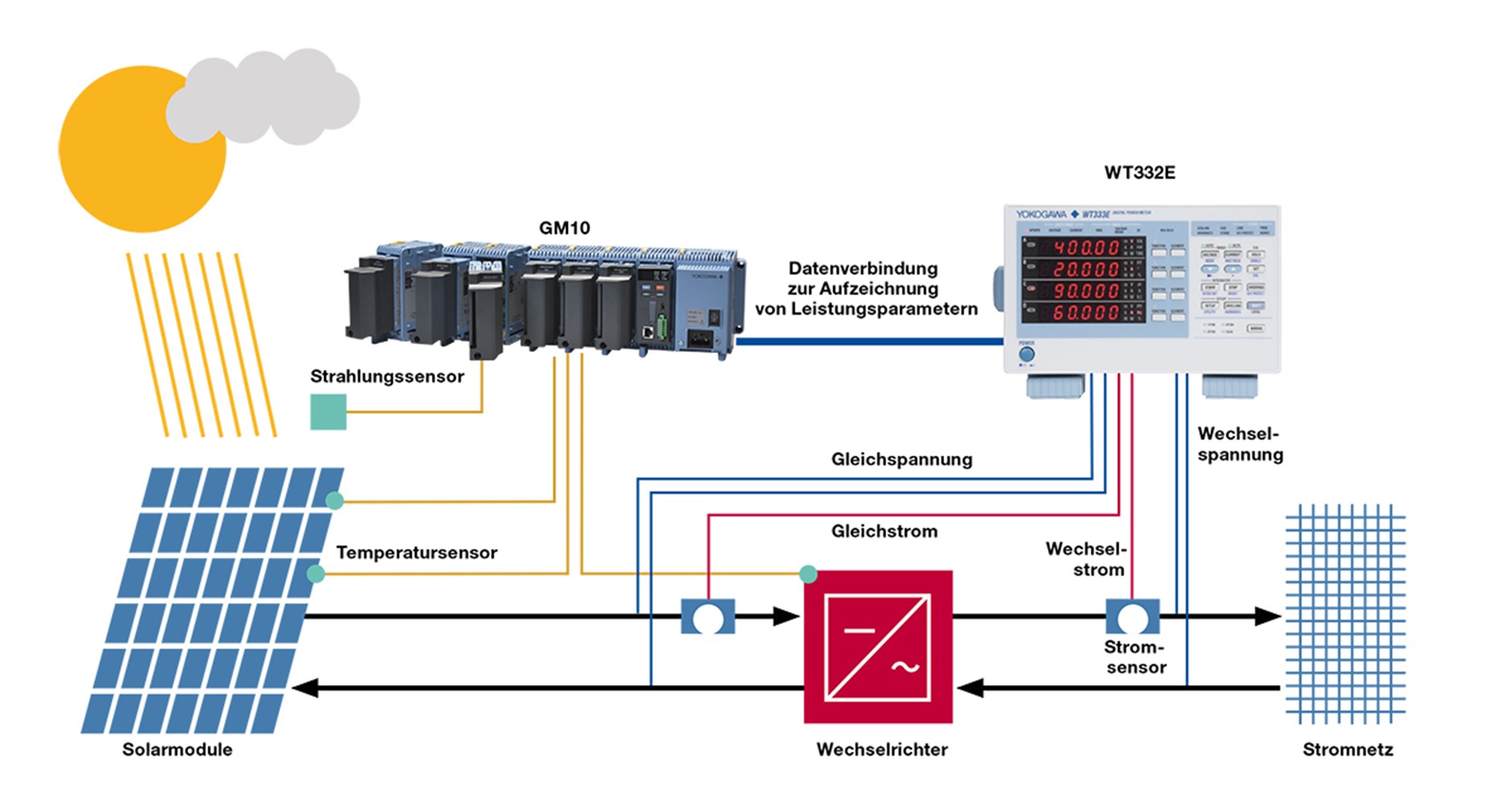With climate change currently grabbing all the headlines, the role of renewable energy is once again in people’s minds.
Of course, one of the biggest options for sustainable energy production is solar. Solar panels have been springing up everywhere, from small set-ups on private homes to large, utility scale installations feeding into the grid.
In 2020, solar added 138 GW of net installed generating capacity, making up 39% of all new installations for the year. According to a report by Solar Power Europe [1], the global solar market could increase by 25% to 203 GW in 2022, giving a total installed base of 1.9 TW by 2025.
One of the major questions to be answered in the development of a solar system is how efficient is it? This requires monitoring of the installation’s power data.
To achieve this, engineers and solar power system developers require a measurement solution that is both reliable and accurate. Only by having full trust in their measurement solutions can developers ensure their solar systems are achieving the intended power parameters.
Just such a solution is Yokogawa’s WT300E digital power analyzer series, which is well suited for monitoring solar installations. Depending on the measurement task, the user can choose between one-, two- or three-phase models. A high-current variant is also available.
In addition, these power analyzers are ideal for standby power measurements as well as for Energy Star and IEC 62301 tests. They are also used in research and development, production and in a wide variety of areas for optimizing electrical devices and energy systems.
When monitoring the power data of a solar system, they can be employed by manufacturers seeking to get more out of the system’s components or to prepare for certification of a solar power solution.
All this collected data needs to be recorded if it’s to be useful. By using a Yokogawa GM10 data acquisition system, the measured results from installed solar power systems can be recorded over a longer period of time.
The GM10 is a scalable modular block I/O data acquisition system and data-logging platform. Designed for easy installation and maintenance, it needs no programming and also supports remote web-based or wireless configuration and monitoring via Bluetooth connection. It also offers extreme flexibility in mounting – users can choose between a DIN rail mounting, a wall mounting or a standalone desktop application.
This combination of WT300E and GM10 provides a comprehensive analysis of the efficiency of the modules, module strings and inverters under different weather conditions. This allows manufacturers to answer vital questions such as:
Is the fed-in active power of the solar system correct?
Are the components optimally matched to each other?
A manufacturer’s specifications for individual solar components often have to be evaluated in practice over a long period of time. The recorded data and characteristics can be used, for example, in the development of photovoltaic simulators to further optimize solar inverters.
Variants of digital power analyzers particularly suitable for this application are the WT332E and WT333E, which offer extra arithmetic functions to calculate the system efficiency. The graphic below shows the method used, with a WT332E on a single-phase solar system. The WT332E measures the operating data before and after the inverter, with direct current and alternating current recorded at the same time. Current, voltage, active power, apparent power, reactive power, power factor, current and voltage frequency as well as their peak values and the phase angle of the input and output side of the inverter are measured by the WT332E, transferred via the Ethernet interface and finally recorded by the GM10.
In addition, the GM10 is able to measure and record the solar radiation and temperatures from the solar panels directly. This makes it possible to determine how performance of the system varies as these parameters change over the course of the day.
With this capable system keeping track of the efficiency of solar power installations, manufacturers and end users can confidently invest in solar power as one of the main energy solutions for the future.




No Comments so far
Jump into a conversationNo Comments Yet!
You can be the one to start a conversation.